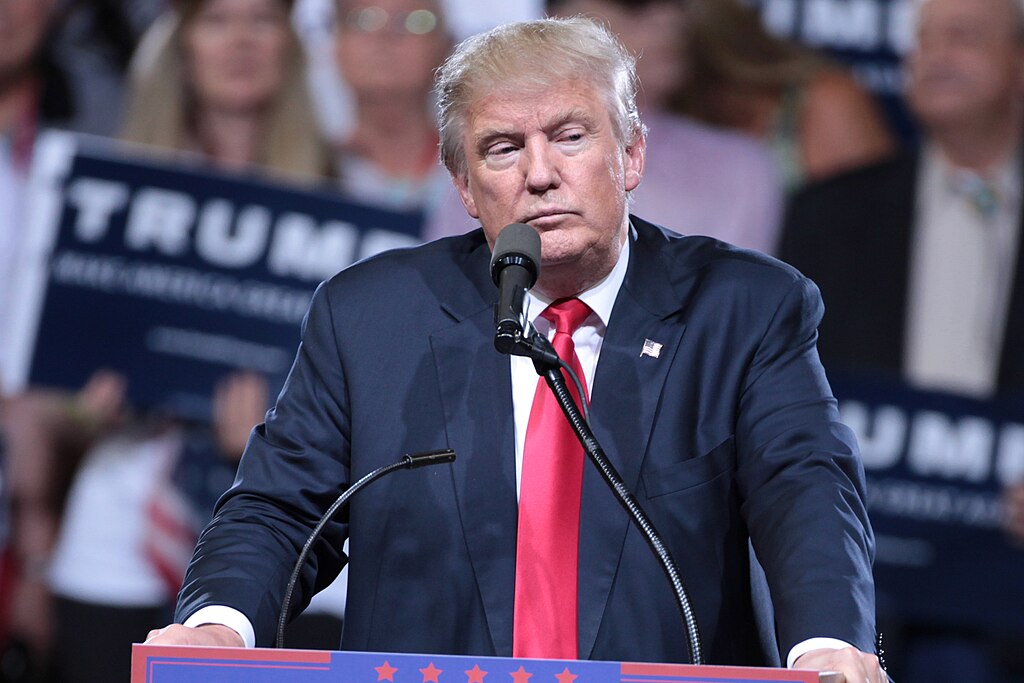
In Los Angeles, one of the largest manhunts in its history ended earlier this month. The search for Christopher Dorner, a 33-year-old former Navy Reservist and Los Angeles Police Department officer, began on Feb. 3. Dorner waged a one-man war on the “City of Angels” that claimed four lives, including those of two law enforcement officers. Police rushing to find Dorner added drones to their long list of search tools. Dorner was killed by police on Feb. 12.
With the war in Afghanistan wrapping up, the United States is leaving much of its overseas drone fleet while preparing drones at home for a new mission – police work. Although the introduction of drones to U.S. skies has garnered some media attention, it has been widely overlooked. With changing regulations opening up the skies for drones, police departments across the country are pushing to use drones for routine surveillance and, someday, enforcement.
Unmanned aerial vehicles (UAVs) or drones, as they are popularly known, have been around for a long time. Some of the earliest drones were built during World War II. Drones proliferated during the Cold War as aerial targets and for simple aerial reconnaissance. During the 1990s and 2000s, the U.S. and its allies began to introduce advanced drones for surveillance and combat in the War on Terror. Drone strikes against suspected terrorists in countries such as Afghanistan, Pakistan and Yemen have since become commonplace.
Domestic drone use in the U.S. raises many concerning questions about how drones will be used. The greatest concern is that police departments will adopt drones for warrantless aerial surveillance of unsuspecting citizens, or arm UAVs for use against suspects, taking the country down an increasingly Orwellian path. The American Civil Liberties Union reports that drone manufacturers are already trying to market drones armed with non-lethal weapons such as Tasers, rubber bullets, or tear gas canisters.
The drone arrival has met its first challenge in Seattle, where Mayor Mike McGinn ordered the Seattle Police Department to return its two drones, after anti-drone protesters demanded strict limits on drone activity, to prevent surveillance of “open air gatherings.” McGinn told reporters, “We agreed it was time to end the unmanned aerial vehicle program, so that SPD can focus its resources on public safety and the community building work that is the department’s priority.” Presently, 11 states are considering plans to restrict drones in their skies.
Moving forward, the country will have to decide what role drones will play. If drones are allowed for warrantless general surveillance, civil rights advocates will not be the only ones upset. In the European Union, farmers are outraged by drone surveillance of their fields to enforce subsidy policies. Motorists may not like drones either, particularly if UAVs turn “Speed Limit Enforced by Airplane” warnings into a reality.
Eamon McCarthy Earls is a Collegian contributor. He can be reached at [email protected].











